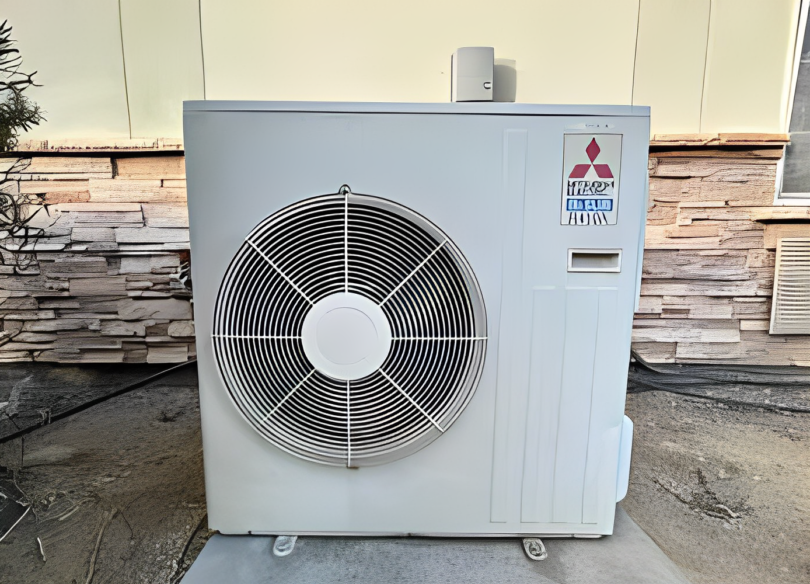Introduction:
Homes aged over 150 years often lack central air conditioning, necessitating considerations for duct insulation. For those averse to duct installations, alternatives like mini-split and high-velocity air conditioners come into play. This article delves into a comparative analysis of these two systems; High-Velocity Air Conditioner Vs. Mini Split, highlighting their differences and similarities.
Ductless Mini-Split Air Conditioners:
Advantages:
1. Efficiency: Mini–split systems boast highly efficient technology, swiftly converting high-voltage electricity with minimal energy consumption. A system with a SEER rating over 25 ensures significant energy savings.
2. Varied Zoning: Mini-splits allow users to create zones in their homes, tailoring temperature settings based on occupancy. This zoning flexibility enhances overall comfort and energy efficiency.
3. Noise Reduction: Operating quietly compared to traditional window and central air conditioners, mini–splits provide a noise-free cooling experience.
4. No Duct Installation: The absence of ducts in mini-split systems eliminates the need for costly installations. The indoor unit installation is quick and straightforward, requiring minimal effort.
Disadvantages:
1. Filtration Capacity: While mini-split systems have air filters, their filtration capacity may not be the most robust. Users often resort to adding carbon inserts to enhance filtration.
2. Cost: Initial costs for mini-split systems are typically higher than high-velocity systems. However, long-term savings on electricity bills can offset this initial investment.
3. Multiple Units Required: To efficiently cool multiple rooms, each room usually requires a separate mini-split unit. This can impact the system’s aesthetic appeal and increase installation costs.
High-Velocity Air Conditioners:
Advantages:
1. Unobtrusive Placement: High-velocity units, often located in basements, have discreetly placed vents that are small and inconspicuous in walls and closets.
2. Single Unit Requirement: Unlike mini–splits, high-velocity systems require only one unit for the entire house, reducing installation costs.
3. Fast Cooling: Known for quickly distributing air at high velocity, high-velocity units expedite the cooling process, eliminating the need for extended wait times.
Disadvantages:
1. Noise Levels: The forced air circulation through small vents may result in increased noise levels. Some brands are working on soundproofing technology, but noise remains a potential concern.
2. Physical Discomfort: The high-velocity air stream may cause physical discomfort when directed at occupants. Strategic vent placement is recommended to alleviate this issue.
Conclusion:
Before choosing between a ductless mini–split and a high-velocity air conditioner, thorough consideration of factors such as current insulation, home square footage, layout, and occupancy is crucial. Additionally, understanding budget constraints and consulting with a licensed HVAC expert can help streamline the decision-making process and plan for a suitable installation.
Disclosure: We may get commissions for purchases made through links in this post.








